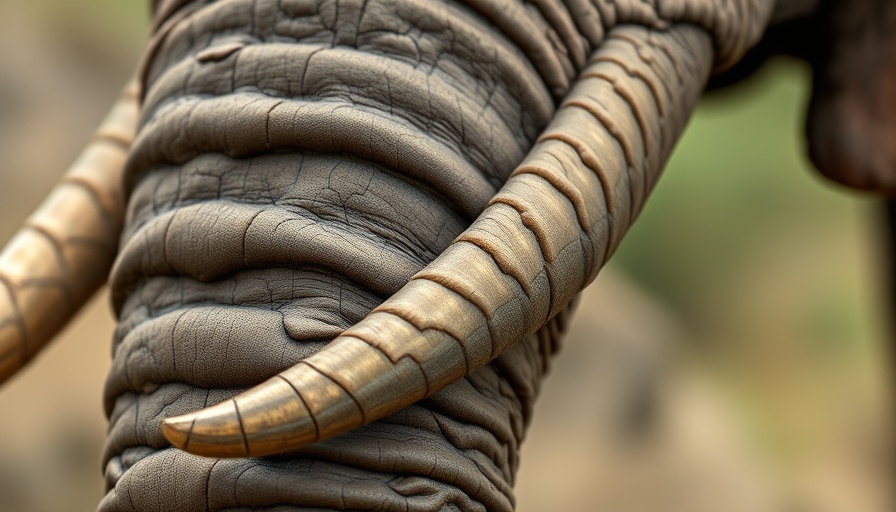
Understanding the Crisis: Elephant Ivory and Mammoth Ivory
The illegal trade of elephant ivory poses a significant threat to the survival of elephant populations worldwide. With over 80% decline in African elephants over the past century due to poaching, the international community has stepped up, banning the sale of elephant ivory. However, the loophole lies in the legality of mammoth ivory.
The Overlap: Legal Loopholes and Poaching Risks
As elephant ivory is banned, mammoth ivory is rising in popularity, primarily due to misconceptions about their similarities. The challenge arises when sellers exploit this overlap by passing off poached elephant ivory as legitimate mammoth ivory, deceiving both customers and law enforcement.
Innovative Science: Stable Isotope Analysis
To combat this problem, wildlife forensic scientists from the University of Hong Kong have developed a promising new tool known as stable isotope analysis. This method identifies hydrogen and oxygen isotopes specific to the environments where these animals lived. With distinct signatures from their respective habitats, mammoth and elephant ivory can be quickly differentiated.
How It Works: The Science Behind Isotope Analysis
Dr. Maria Santos highlights that mammoths ingested water in high-latitude areas, resulting in unique isotope configurations compared to elephants that lived in warmer, tropical climates. This scientific approach not only streamlines the identification process but also offers an affordable alternative to existing methods like molecular analyses and radiocarbon dating, which can be cost-prohibitive and time-consuming.
The Value of Detection: Impact on Conservation
Reducing the illegal trade in elephant ivory is crucial for conservation efforts. By facilitating faster and more accurate identification of ivory types, stable isotope analysis empowers law enforcement to dismantle illegal trade networks. It acts as a deterrent against poachers, protecting these magnificent animals.
Broader Implications: The Role of Biotechnology in Conservation
This breakthrough also highlights a growing intersection between biotechnology and wildlife conservation, suggesting that scientific advancements can play a pivotal role in protecting endangered species. As technology evolves, innovative methods like stable isotope analysis showcase how we can combine modern science with ethical responsibility to preserve our natural world.
Conclusion: Taking Action for the Future
As we understand the implications of distinguishing elephant and mammoth ivory, it's crucial for everyone to remain aware of the products we choose to purchase and support. By staying informed and advocating for the protection of these elephant populations, we can all contribute to the long-term survival of these incredible creatures and ensure a brighter future for wildlife.
 Add Row
Add Row  Add
Add 




Write A Comment